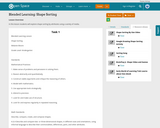
In this lesson students will explore shape sorting by attributes using a variety of media.
- Subject:
- Geometry
- Mathematics
- Material Type:
- Lesson Plan
- Author:
- Melanie Moore
- Date Added:
- 08/13/2019
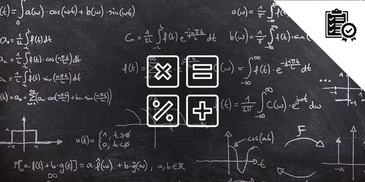

In this lesson students will explore shape sorting by attributes using a variety of media.
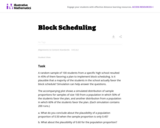
In this task, output is given from a computer-generated simulation, generating size-100 samples of data from an assumed school population of 2000 students under hypotheses about the true distribution of yes/no voters.
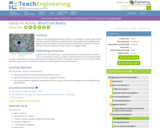
Students will make a proportional model of blood out of red gelatin, a plastic bag, and rice. They will learn about the different components that make up blood and will investigate what happens when the arteries and veins experience buildup from cholesterol. They will then work in pairs to brainstorm ways to clean our clogged arteries.
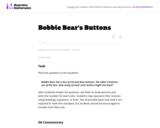
The purpose of this task is for students to find different pairs of numbers that sum to 4.
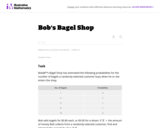
The purpose of this task is to assess a student's ability to compute and interpret an expected value. Notice that interpreting expected value requires thinking in terms of a long-run average.

Demonstrates how to solve 6798 - 3359 by using place value to decompose and regroup the numbers. [3:45]
Khan Academy learning modules include a Community space where users can ask questions and seek help from community members. Educators should consult with their Technology administrators to determine the use of Khan Academy learning modules in their classroom. Please review materials from external sites before sharing with students.

The purpose of this game is to help students think flexibly about numbers and operations and to record multiple operations using proper notation.

Students take a numerical and tabular look at finding the maximum value of an open box constructed by folding a rectangular sheet of material with cutout square corners. They also understand the concepts of independent and dependent variables.


The students will be using discovery techniques to learn about box and whisker plots.
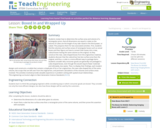
Students find the volume and surface area of a rectangular box (e.g., a cereal box), and then figure out how to convert that box into a new, cubical box having the same volume as the original. As they construct the new, cube-shaped box from the original box material, students discover that the cubical box has less surface area than the original, and thus, a cube is a more efficient way to package things. Students then consider why consumer goods generally aren't packaged in cube-shaped boxes, even though they would require less material to produce and ultimately, less waste to discard. To display their findings, each student designs and constructs a mobile that contains a duplicate of his or her original box, the new cube-shaped box of the same volume, the scraps that are left over from the original box, and pertinent calculations of the volumes and surface areas involved. The activities involved provide valuable experience in problem solving with spatial-visual relationships.
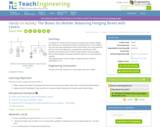
To display the results from the previous activity, each student designs and constructs a mobile that contains a duplicate of his or her original box, the new cube-shaped box of the same volume, the scraps that are left over from the original box, and pertinent calculations of the volumes and surface areas involved. They problem solve and apply their understanding of see-saws and lever systems to create balanced mobiles.
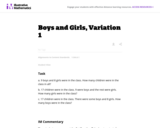
Students use addition or subtraction to solve these types of word problems.
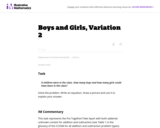
This word problem has 10 possible solutions.

Paul Andersen explains how a vector field shows the distribution of vector quantities. [7:47]

This task provides an exploration of a quadratic equation by descriptive, numerical, graphical, and algebraic techniques. Based on its real-world applicability, teachers could use the task as a way to introduce and motivate algebraic techniques like completing the square, en route to a derivation of the quadratic formula.
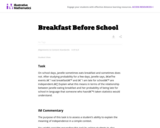
The purpose of this task is to assess a student's ability to explain the meaning of independence in a simple context.
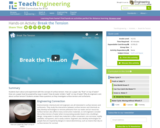
Students learn about and experiment with the concept of surface tension. How can a paper clip "float" on top of water? How can a paper boat be powered by soap in water? How do water striders "walk" on top of water? Why do engineers care about surface tension? Students answer these questions as they investigate surface tension and surfactants.
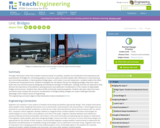
Through a five-lesson series that includes numerous hands-on activities, students are introduced to the importance and pervasiveness of bridges for connecting people to resources, places and other people, with references to many historical and current-day examples. In learning about bridge types arch, beam, truss and suspension students explore the effect of tensile and compressive forces. Students investigate the calculations that go into designing bridges; they learn about loads and cross-sectional areas by designing and testing the strength of model piers. Geology and soils are explored as they discover the importance of foundations, bearing pressure and settlement considerations in the creation of dependable bridges and structures. Students learn about brittle and ductile material properties. Students also learn about the many cost factors that comprise the economic considerations of bridge building. Bridges are unique challenges that take advantage of the creative nature of engineering.

How must the environmental and engineering factors of designing a bridge be combined to create a safe bridge? People have built bridges over rivers, canyons, and other barriers for centuries. As engineers developed better technology and materials, the bridges became larger and stronger. Regardless of the type, all bridges apply common science principles related to forces, including tension and compression. Bridges of the future must be designed with lightweight materials that can withstand extreme weather events. Engineers must design bridges to create safe pathways for multiple forms of transportation, including bike lanes, pedestrian walkways, and passage for large cargo ships. Bridges can also be a source of inspiration, community gathering, and pride in a place. Bridges of the future must be designed with the community and environment in mind. Students will consider design criteria and constraints when defining an engineering problem. While analyzing the phenomena of the Hassanabad bridge collapse, students will consider the environmental and social factors involved in developing a structurally sound future bridge.
This is a 3-hour lesson that includes a self-paced interactive module and classroom activities. The teacher guide includes a challenge sequence (timeline), relevance to standards, materials list, print-outs, assessment, evaluation rubric, and learning extensions.
Lesson objectives: (1) Define and analyze the structural elements of bridges, including beams, arches, trusses, and suspension. (2) Identify tension and compression (tensile and compressive) forces in different types of bridges. (3) Analyze variables (materials, shapes used in the design, environmental factors) engineers must consider when designing a bridge with structural integrity with the ability to withstand a load (weather, cars, people, etc.)